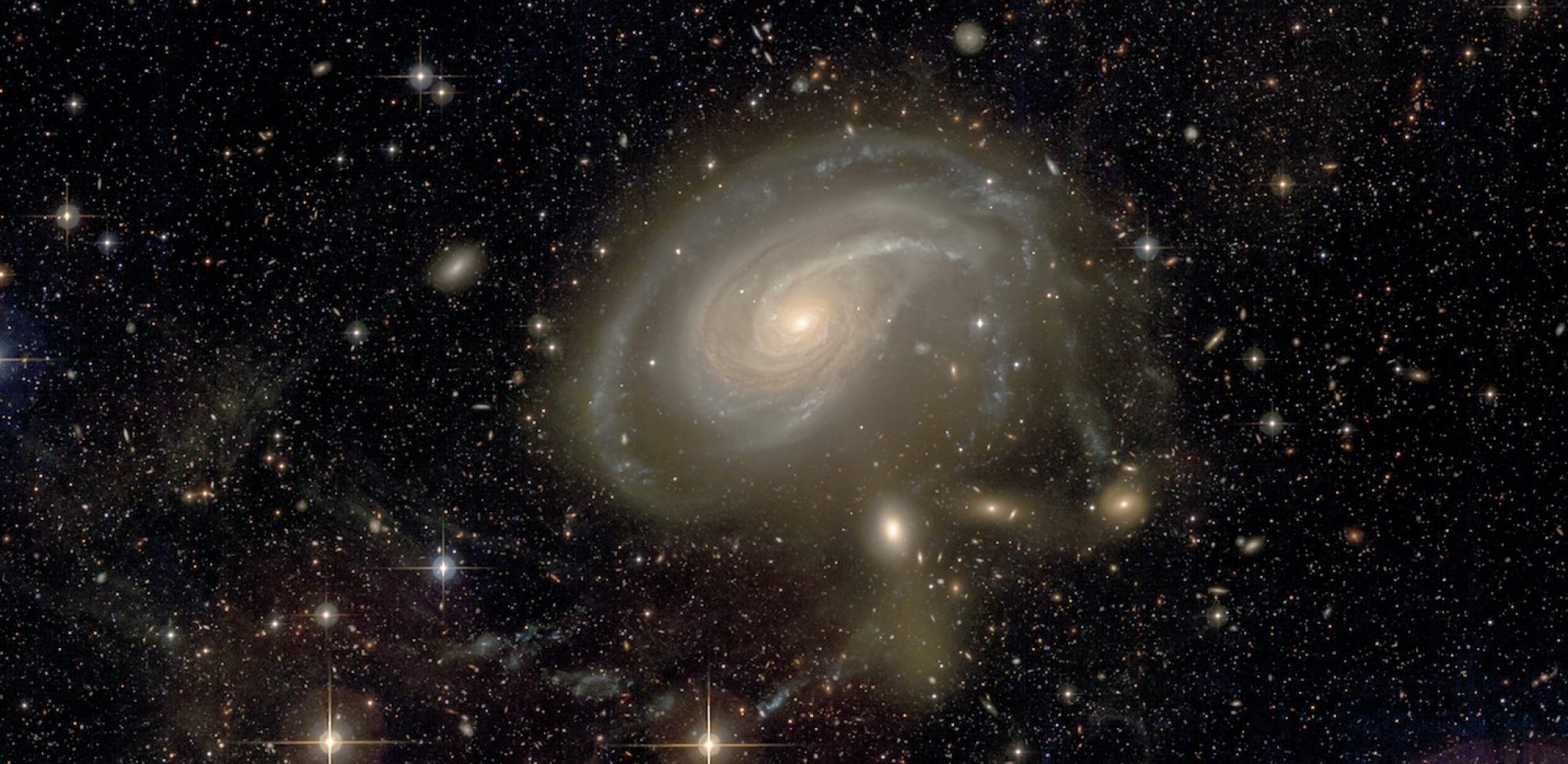
In this paper, we address the challenge of segmenting global contaminants in large images. The precise delineation of such structures requires ample global context alongside un- derstanding of textural patterns. CNNs specialise in the latter, though their ability to generate global features is limited. At- tention has been used to measure long range dependencies in images, capturing global context, however this incurs a large computational cost.
We propose a gridded attention mecha- nism to address this limitation, greatly increasing efficiency by processing multi-scale features into tiles with smaller resolution. We also enhance the attention mechanism for increased sensitivity to texture orientation, by measuring cor- relations across features dependent on different orientations, in addition to channel and positional attention. We present results on a new dataset of astronomical images, where the task is segmenting large contaminating dust clouds.

